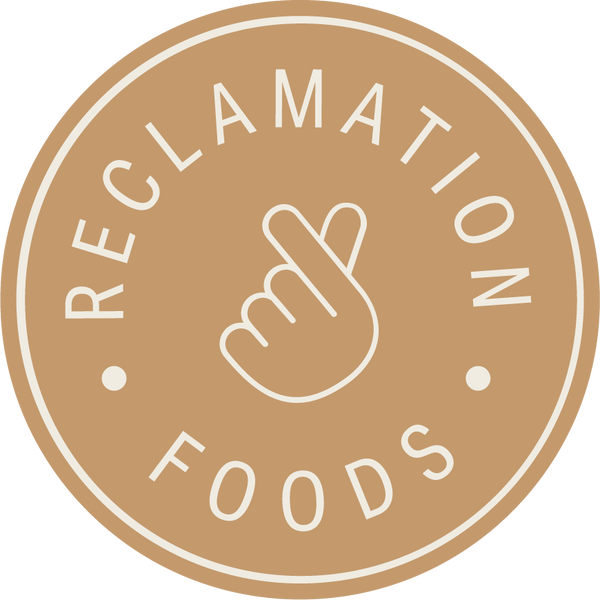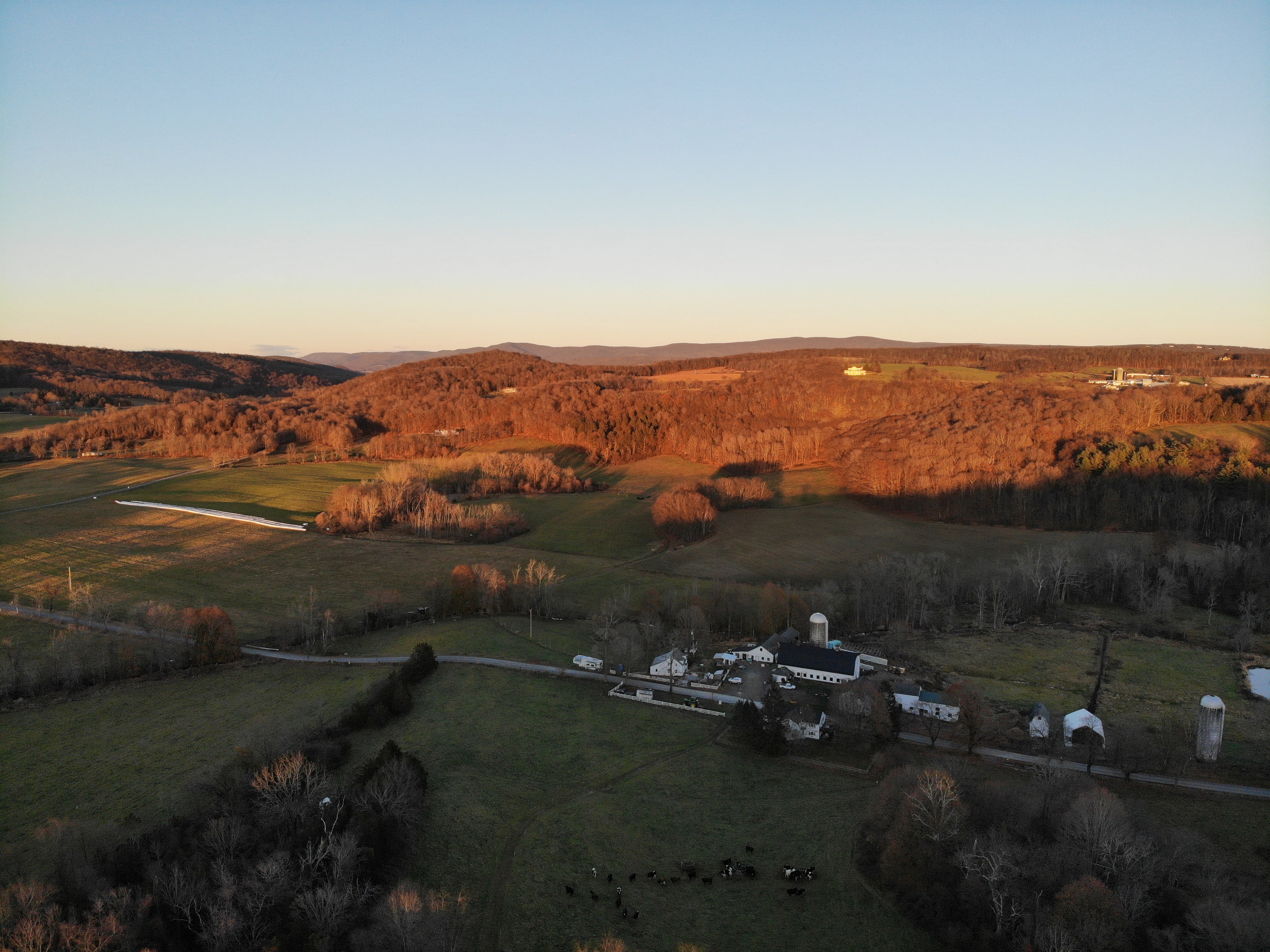Our Story
Discover the roots of Reclamation Foods - our mission, our values, and the regenerative farming principles behind every batch we make.

In 2019, I left a career in tech because something essential felt missing. It wasn’t just personal. It was a growing disconnect between people and real, nourishing food. That feeling led me to apprentice on a regenerative livestock farm, where I witnessed a food system that honored the whole animal. Every part had a purpose. Bones became broth. Fats were rendered into tallow. Nothing was wasted. That experience reshaped how I understood nourishment, culture, and responsibility.
When I returned to New York in 2021, I spoke with dozens of farmers and heard the same story. They struggled to sell bones, fats, and organ meats. Some of the most nutrient-dense parts of the animal were being discarded or downcycled. At the same time, our modern food culture had never felt more undernourished or overwhelmed.
Around then, I reconnected with the Korean food I grew up with, especially Seolleongtang and Dwaeji Sagol Yuksu. These silky, collagen-rich broths turn overlooked parts of the animal into sustaining meals. They reminded me that whole-animal cooking is not only practical but a form of cultural wisdom.
I started buying bones directly from farmers, cooking broth the traditional way, and sharing it at markets and pop-ups across New York City. People lined up not only for the flavor but for how the broth made them feel: grounded, nourished, restored.
That became the beginning of Reclamation Foods.
Today, our award-winning Korean-style broths, including a 2024 Good Food Award Winner, are part of a growing collection of whole-animal, nutrient-dense foods that honor farmers, celebrate culture, and nourish the body. Everything we do is rooted in the belief that real nourishment should be accessible, sustainable, and deeply connected to the land and traditions that shaped it.
Thanks for being here and supporting this reclamation of real food.
With all my heart and Seoul,
Edlin 🫰
-

Small Batch
-

Local
-

Regenerative
-

Nose-to-Tail

